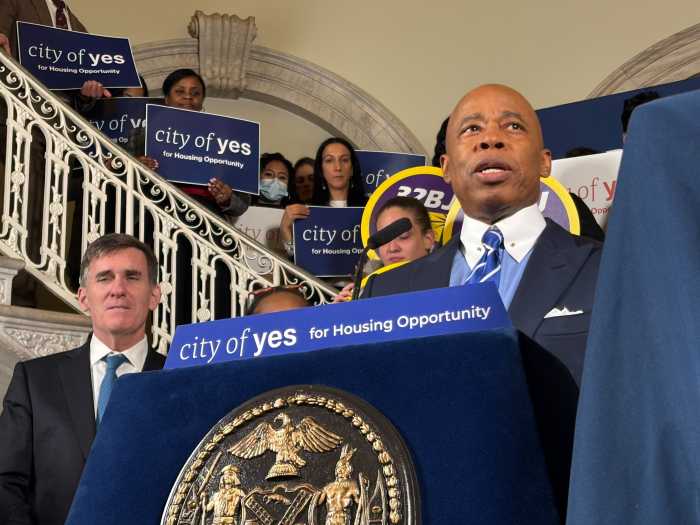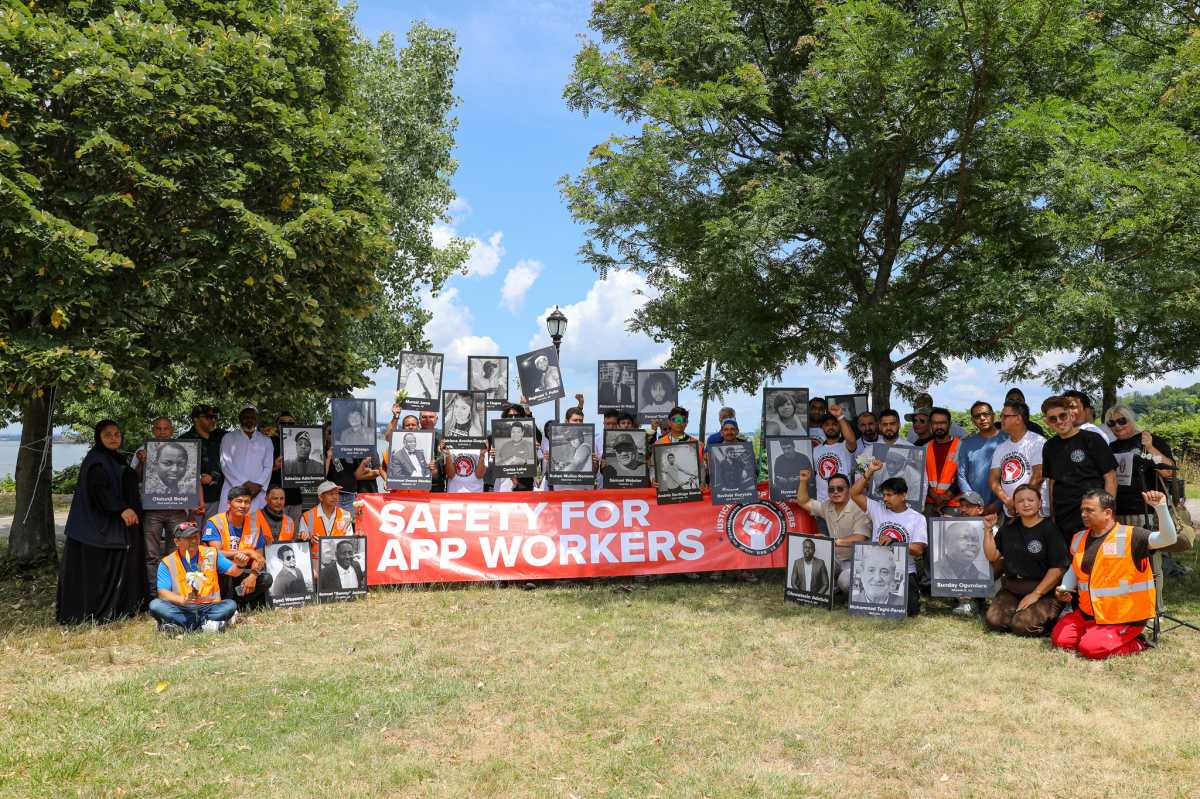BY DUSICA SUE MALESEVIC | In the wake of Superstorm Sandy, Con Edison said it has implemented protective measures for their steam and electrical systems with an eye toward keeping the electrical power on for more people and restoring steam service more quickly.
When Sandy hit two years ago, Con Ed said the amount of outages was unprecedented in the company’s history. Over 200,000 Lower Manhattan residents and businesses were without electricity and steam service.
For the electrical system, Con Ed will be able to split networks, explained Greg Koumoullos, project manager for electrical systems for Con Ed, at Community Board 1’s Planning Committee meeting on Oct. 6. This means that certain parts of the electrical grid can be shut off while others remain on.
“If a flood comes again and the water comes in, we can actually disconnect the network, split it in half so the areas that we expect to be dry can remain in power, while the areas expected to be flooded underwater can go out of power,” said Koumoullos, who specifically works with the Fulton and Bowling Green network switches.
Right now the switches are manual, but Koumoullos said that by the summer of next year, the switches will be automated. With automation the company can wait until the last possible moment until a surge would come, and then split the network.
In addition, Con Ed is also making some of its equipment submersible.
“In the event that it does flood, the equipment that is under water will not be damaged,” said Koumoullos.
During Sandy, equipment that was inundated with water had to be replaced or repaired before it could be utilized again, thus adding more time to restoring power. By making equipment submersible, if a storm were to hit, after the water would recede, the equipment would need to be dried out but would then be operational again, said Koumoullos.
The submersible transformers and installations have been developed fairly recently and Koumoullos said that both the manufacturers and Con Ed have tested them.
Protective measures have also been put in place for the steam system — crucial for heating. During Sandy, a significant portion of the system lost steam service, said Frank Cuomo, project manager of Con Ed’s steam distribution group.
Steam is very sensitive, said Cuomo, and water is the worst thing to mix with it. For the steam system, it has to be turned on in a specific geographic order — sections cannot be skipped — and that was one of the reasons C.B. 1 in Lower Manhattan was the one of the last to be turned back on, he said.
C.B.1 committee members noted the amount of time it took after the electricity resumed for the steam to come back on, which was ten days. Cuomo said the company is trying to reduce the outage time.
“It doesn’t have to make its way from Grand Street like it did during Sandy, pipe by pipe by pipe,” said Cuomo. “We already have pressure down in the area.”
Isolation valves will also be put in place at Trinity Place. Cuomo said 137 buildings that went without steam during Sandy, would stay in service.
Also, the East River and Brooklyn Navy Yard stations, due to their geographic locations, would be isolated if another superstorm were to occur. The East River station, which is the highest capacity station, is critical to get up and running, Cuomo said. During Sandy, equipment had to be dried and sent out for repairs. Now, there are walls in place as well as other protective measures and the stations could come back online once water receded.
If Sandy happened today, said Cuomo, “you wouldn’t have the same type of impact as you had in the past.”




































